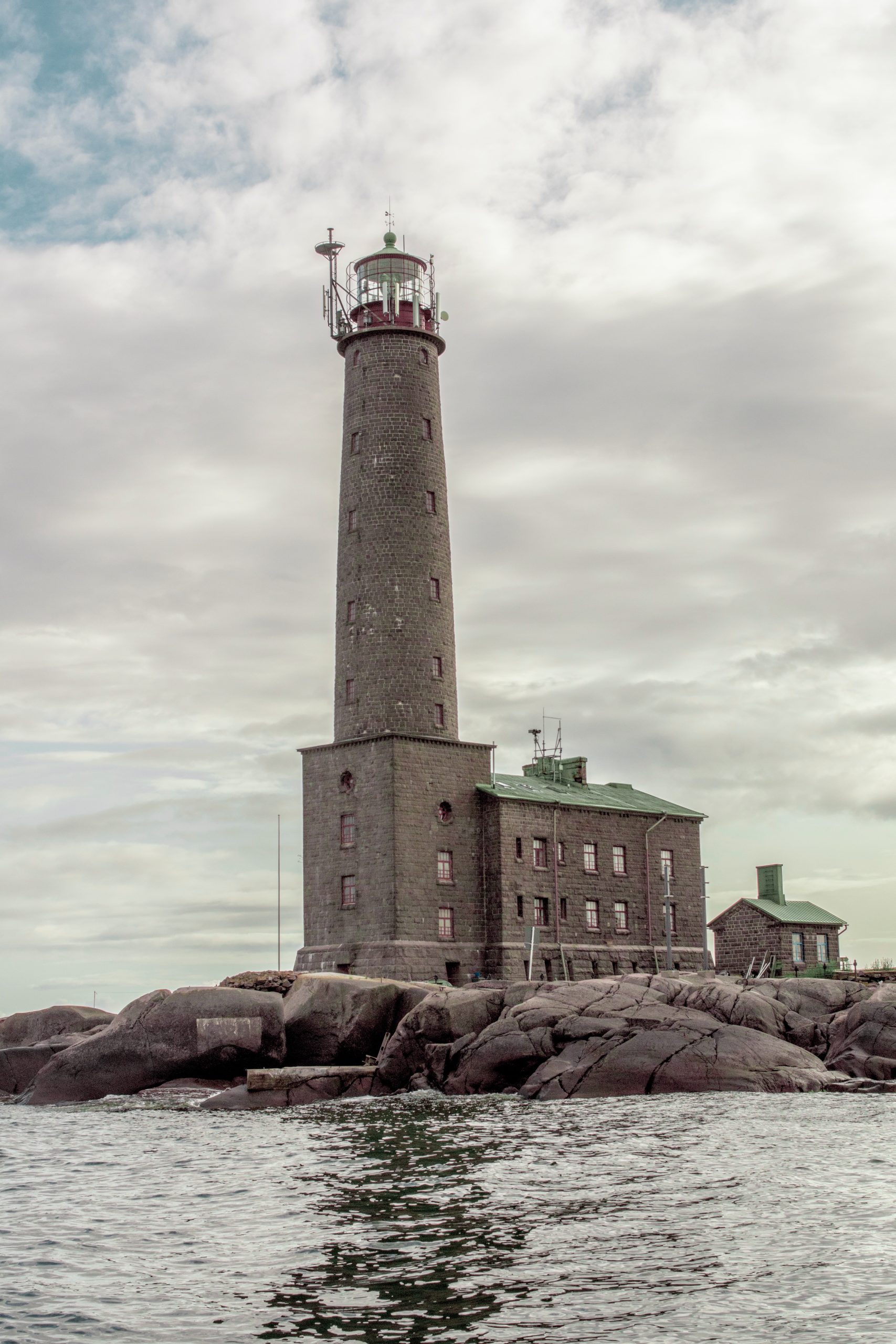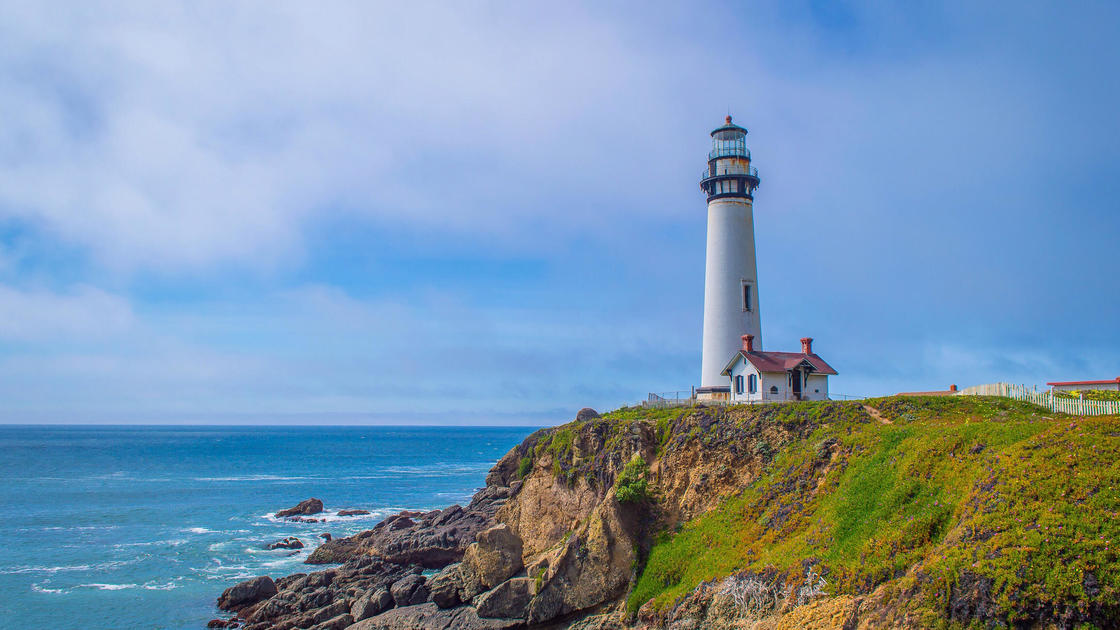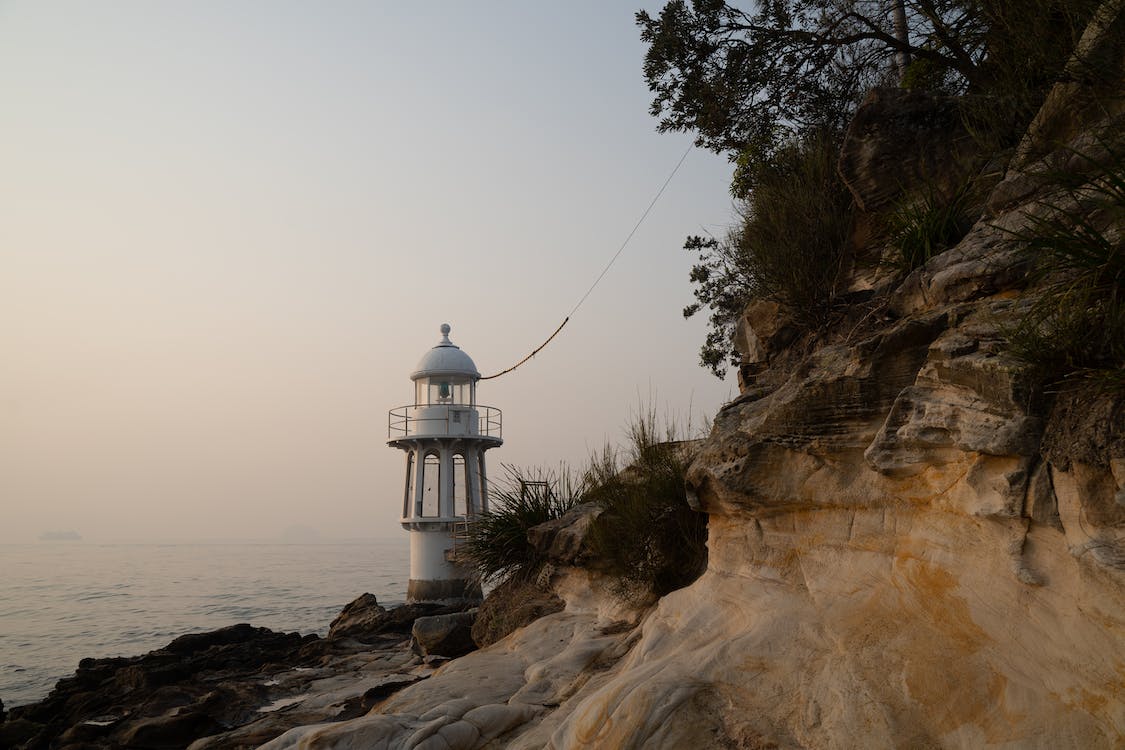The History and Legacy of Lighthouses
I am honoured to be a part of the illustrious history and legacy of lighthouses as a lighthouse keeper. Lighthouses have played a significant role in maritime history for many years, and it is impossible to stress how important they are. I will give a general summary of the history, function, and development of lighthouses in this essay.

The First Lighthouse: The Pharos of Alexandria
The Pharos of Alexandria, erected in Egypt in the third century BC, was the first known lighthouse. One of the Seven Wonders of the Ancient World, this lighthouse was a majestic building that stood over 350 feet tall. For seafarers, the Pharos of Alexandria served as a beacon and aided in avoiding shipwrecks.
Lighthouses in Europe during the Middle Ages
Along Europe’s coast, lighthouses started to appear more often during the Middle Ages. These early lighthouses frequently stood on cliffs and relied on flames for illumination. Usually run by monks or other religious groups, they served as a haven of safety and hope for seafarers.
The First Lighthouse in North America
In Boston Harbour, the first lighthouse in North America was constructed in 1716. This lighthouse was made of wood, stood 70 feet tall, and was lit by whale oil lamps. With the advent of Fresnel lenses in the 19th century, lighthouses in North America advanced throughout time.
The Importance of Fresnel Lenses
Fresnel lenses were a crucial development in lighthouse engineering. These lenses were created to concentrate and enhance the light that the lighthouse emitted, increasing its visibility at a farther distance. This development improved sailor safety and decreased the number of shipwrecks.
Electrical Power and Automation in Lighthouses
Further developments in lighthouse technology came with the introduction of electrical power in the late 19th century. Whale oil lamps were replaced with electric lights, and lighthouses became increasingly automated thanks to the employment of electric motors to spin the lens and automatic light sensors.
Lighthouses during World War II
Lighthouses were essential in protecting coastal areas from enemy invasion during World War II. To protect them from being hit by enemy ships and aircraft, several lighthouses were blacked out at night. Some lighthouses were used as watchtowers to spot approaching enemy vessels.
The Role of Lighthouses Today
Nowadays, GPS and radar have essentially taken the role of lighthouses as the primary means of navigation. But a lot of lighthouses are still in function, helping seafarers and acting as a reminder of our long nautical history. Many lighthouses are accessible to the public as museums or bed & breakfasts and have been conserved as historical sites.
The Significance of Lighthouses for Lighthouse Keepers
As a lighthouse keeper, I’m honoured to contribute to the heritage of these enduring landmarks and to be a part of their rich history. Lighthouses have been essential to navigation throughout history and have saved many lives. They continue to stand for our long nautical tradition and represent safety and optimism for sailors.
Conclusion: The Enduring Legacy of Lighthouses
In conclusion, lighthouses have a long history that stretches over several countries and centuries. These buildings, which range from the Pharos of Alexandria to contemporary automated lighthouses, have had a significant impact on the maritime past and continue to represent safety and optimism for seafarers. I’m honoured to contribute to this legacy as a lighthouse keeper and to the ongoing effort to safeguard the past and culture of these enduring landmarks.




